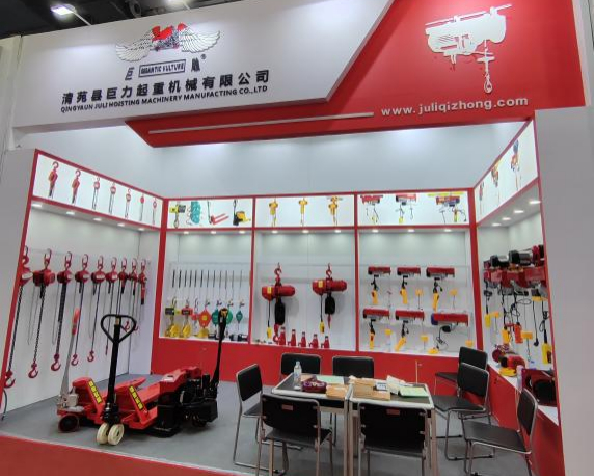


Understanding Fall Protection Types Essential Safety Measures in the Workplace
Fall protection is a critical aspect of workplace safety, particularly in industries where employees work at elevated heights, such as construction, engineering, and maintenance. Fall-related incidents are among the leading causes of serious injuries and fatalities in these sectors, underscoring the importance of effective fall protection mechanisms. Understanding the various types of fall protection systems is essential for ensuring a safe work environment.
1. Personal Fall Arrest Systems (PFAS)
Personal fall arrest systems are designed to safely stop a worker from falling after a slip or loss of balance. These systems typically consist of three key components an anchorage, body support, and connecting devices. The anchorage is a secure point, often a beam or a specially designed structure, to which safety equipment can be attached. The body support can be in the form of a safety harness, which workers wear to secure themselves. Lastly, the connecting device—such as a lanyard—links the harness to the anchorage. PFAS are particularly effective in preventing fall-related injuries and are widely used in construction and maintenance work.
2. Guardrails
Guardrails serve as a passive form of fall protection; they do not require active participation from workers to be effective. Typically installed along the edges of elevated surfaces such as rooftops, scaffolding, and platforms, guardrails act as physical barriers that can prevent workers from falling off edges. A standard guardrail system consists of a top rail, mid-rail, and toe board. The top rail should be at a height of approximately 42 inches, providing a clear boundary for workers. Guardrails are not only effective but also versatile, suitable for various applications in both temporary and permanent work sites.
3. Safety Nets

Safety nets are another form of passive fall protection, designed to catch a worker in the event of a fall. These nets are typically installed below work areas and are made from strong synthetic fibers designed to withstand falls. Safety nets are particularly useful in situations where workers are operating at significant heights and where the risk of falling debris is also present. While they do not prevent falls, they significantly reduce the potential for injury by absorbing the impact when a worker falls.
4. Controlled Access Zones (CAZ)
Controlled access zones are designated areas where only authorized personnel can enter to perform specific tasks, reducing the overall risk of falls. These zones are marked clearly, often using cones, tape, or other indicators, to signal to workers the limitations of safe zones versus hazardous areas. By controlling access and ensuring only trained individuals enter high-risk zones, employers can minimize the likelihood of falls and improve overall safety on the job site.
5. Safety Harnesses and Lanyards
While these components are part of personal fall arrest systems, they merit special mention due to their critical role in individual safety. A safety harness redistributes the force of a fall across the body, minimizing injury risk. Lanyards, which connect the harness to an anchorage point, can be single or double, allowing for continuous protection as a worker moves. It is vital that both harnesses and lanyards are regularly inspected and maintained to ensure they remain in good working order.
Conclusion
Implementing effective fall protection systems is not just a regulatory requirement; it is an ethical obligation for employers to ensure worker safety. Understanding the various types of fall protection—from personal fall arrest systems and guardrails to safety nets and controlled access zones—enables companies to create safer work environments. Regular training, inspections, and updates to safety protocols are crucial in minimizing the risk of falls, ultimately protecting the most valuable asset of any organization its workforce. By prioritizing fall protection measures, businesses not only comply with safety regulations but also foster a culture of safety that benefits everyone involved.



